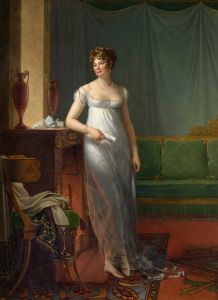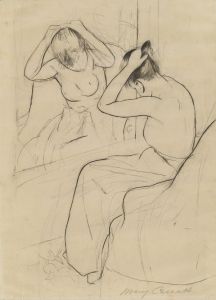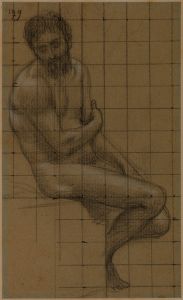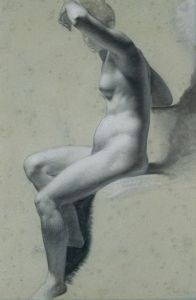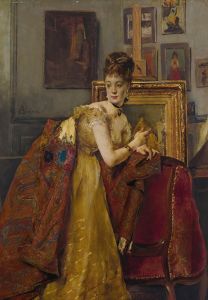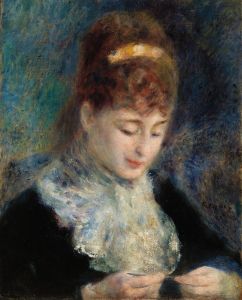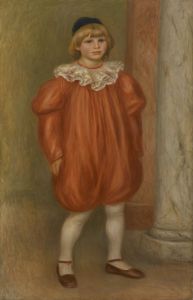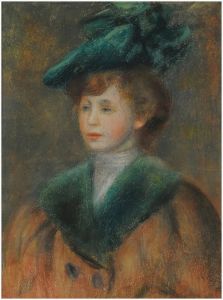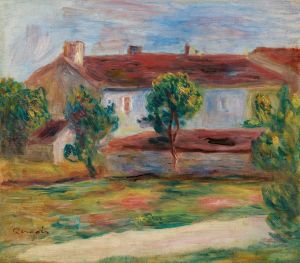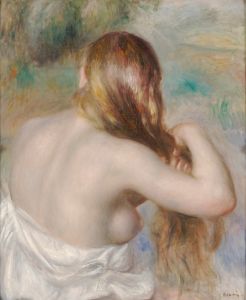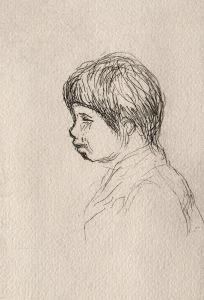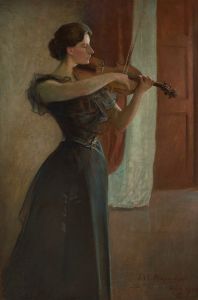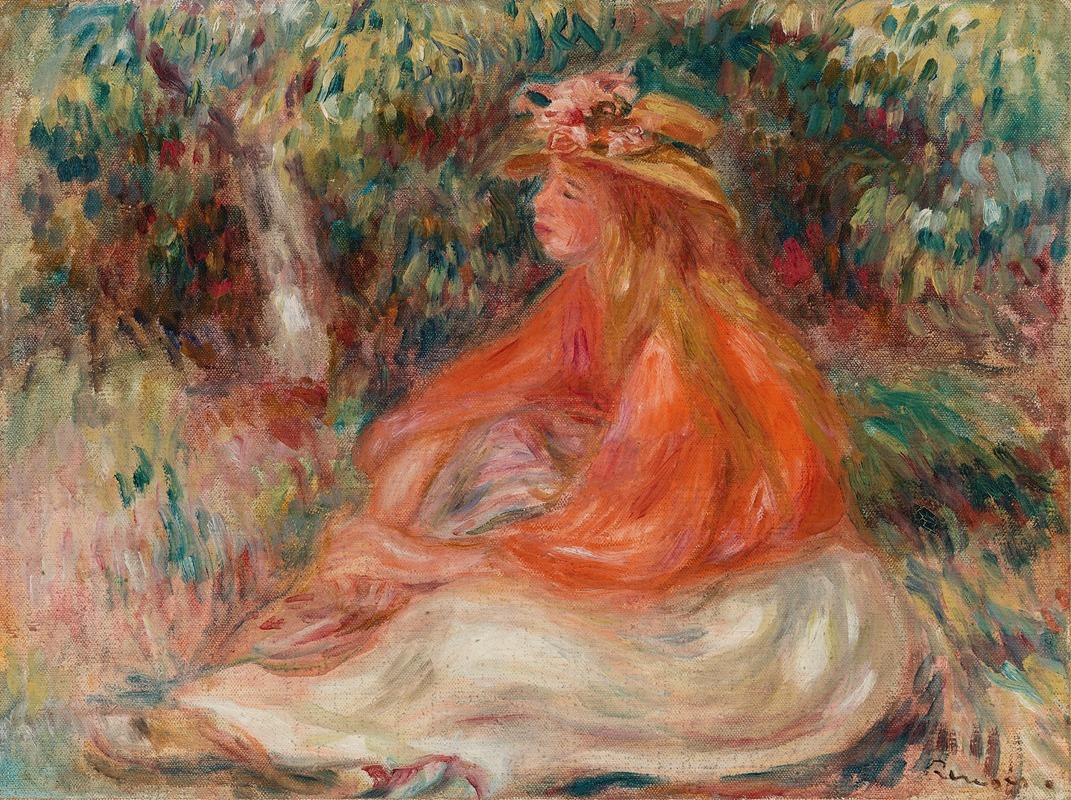
Seated Woman
A hand-painted replica of Pierre-Auguste Renoir’s masterpiece Seated Woman, meticulously crafted by professional artists to capture the true essence of the original. Each piece is created with museum-quality canvas and rare mineral pigments, carefully painted by experienced artists with delicate brushstrokes and rich, layered colors to perfectly recreate the texture of the original artwork. Unlike machine-printed reproductions, this hand-painted version brings the painting to life, infused with the artist’s emotions and skill in every stroke. Whether for personal collection or home decoration, it instantly elevates the artistic atmosphere of any space.
Pierre-Auguste Renoir, a leading figure in the Impressionist movement, is renowned for his vibrant light and saturated color, often focusing on people in intimate and candid compositions. One of his works, "Seated Woman," exemplifies his skill in capturing the subtleties of human form and the play of light on surfaces. Although specific details about this particular painting, such as its creation date or current location, are not widely documented, it is consistent with Renoir's broader body of work in terms of style and subject matter.
Renoir's career spanned several decades, during which he developed a distinctive approach to painting. His works often feature leisurely scenes of Parisian life, portraits, and nudes, characterized by their fluid brushwork and vibrant palette. "Seated Woman" likely reflects these elements, showcasing Renoir's ability to depict the human figure with warmth and vitality.
Throughout his career, Renoir was influenced by a variety of sources, including the Rococo artists of the 18th century, such as François Boucher and Jean-Honoré Fragonard, whose works are noted for their light-hearted themes and soft colors. Additionally, Renoir was inspired by the works of his contemporaries, including Claude Monet, with whom he shared a close friendship and professional relationship. Together, they explored the effects of light and color, often painting en plein air to capture the natural ambiance of their surroundings.
Renoir's technique involved the use of loose brushstrokes and a focus on the effects of light, which can be seen in the way he renders the textures of clothing and skin. His portraits, including "Seated Woman," often convey a sense of immediacy and intimacy, inviting viewers to engage with the subject on a personal level. The artist's ability to depict the subtleties of expression and posture adds depth to his portraits, making them resonate with a sense of realism and emotion.
In the broader context of art history, Renoir's work, including "Seated Woman," represents a shift from the formalism and rigidity of academic art to a more personal and expressive form of painting. His contributions to the Impressionist movement helped pave the way for subsequent developments in modern art, influencing generations of artists who sought to capture the fleeting moments of everyday life.
While specific information about "Seated Woman" may be limited, its association with Renoir's oeuvre provides insight into the artist's enduring legacy. His paintings continue to be celebrated for their beauty and technical mastery, reflecting a deep appreciation for the human experience and the world around him. Renoir's work remains a testament to the transformative power of art, capturing the essence of a moment with grace and sensitivity.





